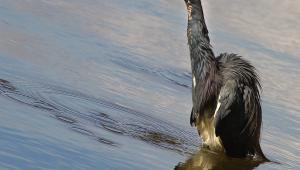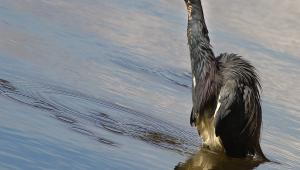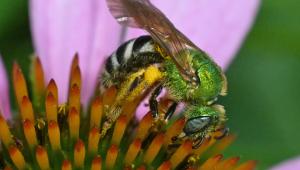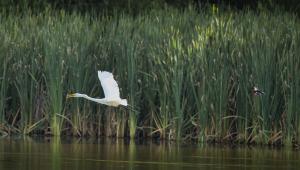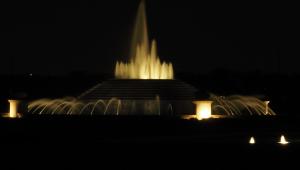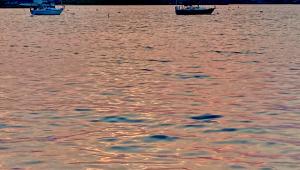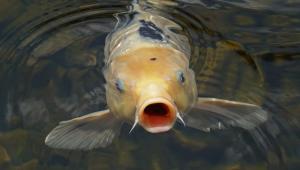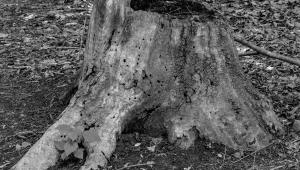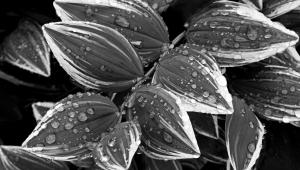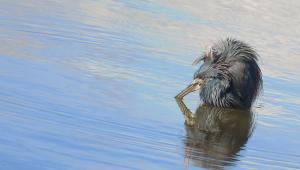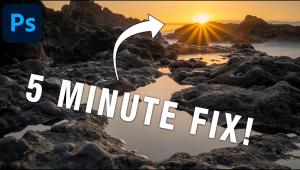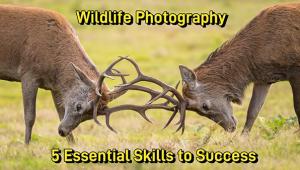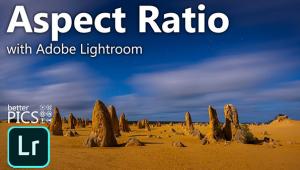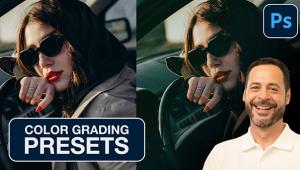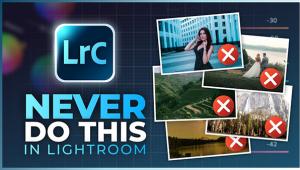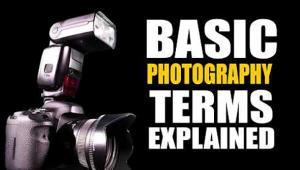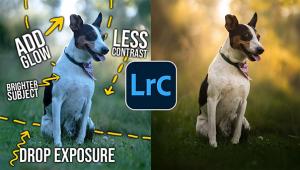Help
Here is a quick tip list
on letters for the HELP! desk: Lost Leader A. There is a thin metal device that can be gently slipped into the felt light trap where film comes out of a 35mm cassette to extract the film leader. I have one, but I don't know where you can locate one as it has been years since I got mine. Besides, it's tedious to remove a partially exposed roll of 35mm film (many of today's cameras automatically fully wind the entire roll of film completely into the cassette when you trigger a rewind button). If you have a manually operated film rewind camera, you can stop winding immediately when you feel the resistance stop--and thus leave the leader protruding. Then when you reload the partially exposed roll of film into the camera you will have to advance the film to at least several extra frames beyond where you stopped the first time. That is, if you exposed 10 frames, wind the film to about frame #12 before starting to expose the remainder of the end of the roll. In addition, you will have to block the lens so no light comes into the camera while you wind and trip the camera for the 12 frames to get to the first usable frame at the end of the roll. If you don't block the lens you will double expose and ruin the original images. The best bet is to switch the exposure to manual, set a fast shutter speed, and click and wind with the lens cap on in a dark room. Big Prints From APS? A. You can have any size negative or positive film image enlarged, but few local one hour (or minilabs) will have this capability. You usually have to take your original to a professional lab to have really large enlargements made. I have had a number of my APS negatives enlarged to excellent 10x12" prints. In addition, when APS first was introduced about seven years ago, I saw beautiful 16x20" prints made from the relatively small 24mm wide APS negatives. When you consider these films have been improved at least twice since then, and the cameras have evolved also, I'm sure you can get some really nice enlargements produced from your APS negatives. Check the labs advertising in our monthly Photo Lab Showcase for classified ads of labs that can produce the type of prints you seek, then contact them and ask if they can produce them from your APS negatives. I'm sure that most of these advertisers can assist you. For posters, you might want to have the prints mounted onto a matte board for easier display, so ask about that capability, too, before you send out your APS cassette containing the negatives. Chinar Lens Mount A. Sorry, I don't have any idea what SLR mount your Chinar 135mm telephoto lens has. Chinon used to make cameras for several different firms. I believe the firm now makes most of the cameras for Kodak. Even if you could get an adapter for your Minolta SRT SLR, this would add extra space between the lens and camera body with the end result that the lens could not be focused to infinity--but would be usable for close-ups and moderate distance subjects. Hope you did not pay too much for the lens, as it probably is fairly useless without the proper SLR body to attach it to. Lighting Lesson Needs A. It's difficult to diagnosis your problem without
actually seeing an example of the 8x10 prints and the graininess you believe
is a problem. I have been using 200 and 400 speed films for most all of
my shooting in recent years and find the grain to be very satisfactory
for 8x10 prints. I don't believe a different so-called "professional"
film is the answer. You don't mention what type of lighting you
are using. Are the photos mostly outdoors in daylight? If so, are you
using any synchro sun fill flash to help cut the shadows? Even the built-in
flash on your camera can help some, if the subjects are not too far away
for the limited flash range. You said one shoot coming up will be inside
with 300 people in a cafeteria lighting situation. Without using some
powerful studio flash units (probably at least two light heads on stands
10 or so feet on either side of the cameras) you will have some serious
lighting problems. If you try shooting by existing light (probably fluorescent,
which produces greenish flesh tones, or tungsten lights, which will give
overly reddish flesh tones) I can assure neither you nor your clients
will like the color rendition of their faces in the prints. I believe
you should research lighting techniques for large groups and plan to purchase
more auxiliary flash lighting equipment (at least two powerful battery
powered or AC powered flash units, light stands to hold them in place,
and the proper cords to sync them with your camera) if you want to do
this as an Light Source Disparity A. I must admit this was an intriguing question that I had never thought of, nor did I know the answer. So, I remembered to ask this question when I saw knowledgeable old friends at PMA in March. The gist of the answer I obtained is you are looking at each individual image when it is projected and are not trying to compare images side by side to check color balance under identical illumination as you would do on a large "daylight" color corrected illuminator. Hope this is the answer you seek. |
